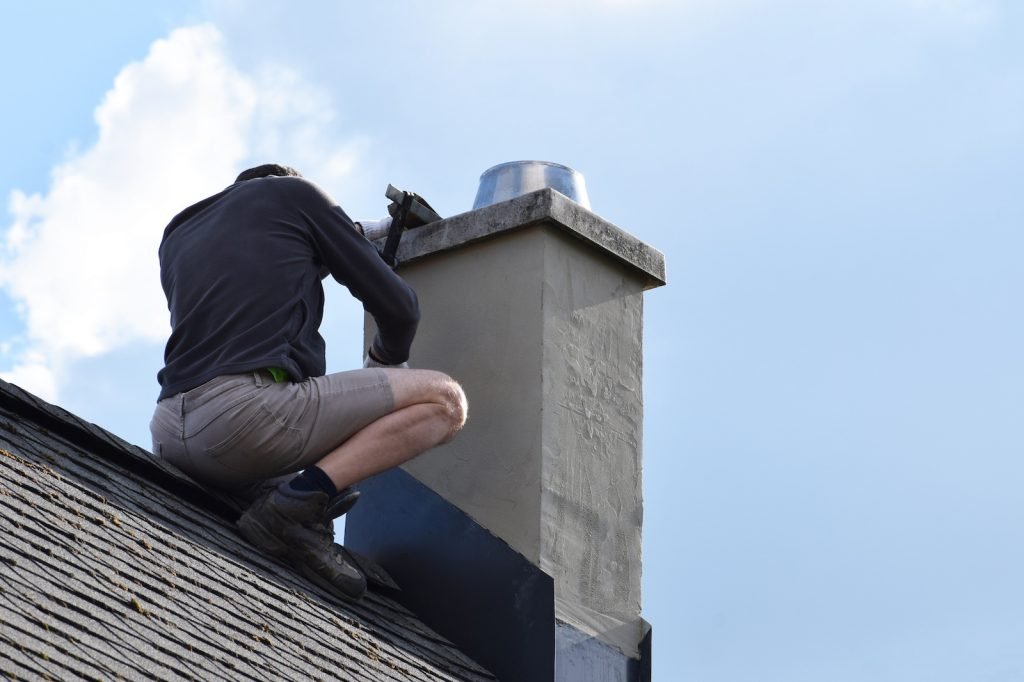Tips to help handle storm damage
Introduction. Storms can wreak havoc on our homes, and one of the most vulnerable parts is the roof. Whether it's heavy rain, strong winds, or hail, storm damage can compromise the integrity of your roof, and leading to leaks. Dealing with storm damage to your roof can be challenging, but taking prompt and appropriate action is crucial to prevent further issues. In this blog post, we'll provide you with valuable tips on how to handle roof damage after a storm, ensuring a prompt and effective response to protect your home.
1.) Spotting Storm Damage:🔍 Spot the Signs of Storm Damage! After a storm, it's crucial to inspect your roof for potential issues. Look for missing or lifted shingles, dents from hail, visible cracks, and granule loss. Early detection can save you from costly repairs down the road.
Remember, safety is paramount. If you're uncomfortable or unsure about conducting a roof inspection, it's advisable to hire a professional roofing contractor. They have the experience and equipment to assess roof damage thoroughly and safely. Regular inspections and prompt repairs can help prevent further issues and protect your home from extensive damage.
2.) Emergency Tarping: 🛠️ Emergency Tarping 101: Act fast! In case of storm damage, consider emergency tarping to prevent further leaks and protect your home. Call the pros for swift action. In case of storm damage, act swiftly!
Emergency tarping provides a temporary shield against water intrusion and can significantly minimize further damage to your home. However, it is not a permanent solution, and professional repairs are essential for a lasting fix. Always prioritize safety and consider hiring a professional roofing contractor if you're unsure or uncomfortable performing emergency tarping yourself.
3.) Gutter Check After Storms: 🍂 Don't Let Debris Linger! After a storm, checking and maintaining your gutters is crucial to ensure they are functioning properly and to prevent potential roof damage. Check your gutters for leaves, branches, and debris. Clearing them is vital to prevent water overflow, roof damage, and potential structural issues. Keep your gutters in top shape for a storm-ready home!
Regular gutter maintenance, especially after a storm, is essential to protect your roof and home from water damage. By addressing any issues promptly, you can ensure that your gutter system remains effective in directing water away from your home.
4.) Inspecting Attic for Leaks:🕵️♂️ Shine a Light on Leaks! Inspecting your attic for leaks after a storm is crucial to identify and address potential water damage early on. Grab a flashlight and inspect your attic for water stains. Early detection can help you address leaks before they become major issues. Don't let water damage sneak up on you!
By regularly inspecting your attic for leaks and addressing any issues promptly, you can prevent further damage to your home's interior and ensure the long-term integrity of your roof. Regular maintenance is key to catching problems early and avoiding costly repairs.
5.) Checking Flashing Integrity: 🔧 Guard Against Leaks! Flashing matters! Checking the integrity of flashing is a crucial step in assessing and addressing storm damage on roofs. Flashing is a thin, weather-resistant material typically made of metal, such as aluminum or galvanized steel, that is used to redirect water away from critical areas of the roof, such as valleys, chimneys, vents, and skylights. Check the integrity of flashing around chimneys and vents after a storm. Damaged flashing can lead to leaks. Storms can take a toll on flashing. Check the integrity around chimneys and vents to prevent water penetration. A small fix now can save you from big leaks later!
6.) Hiring a Professional: 🍂 Don't Let Debris Linger! Invest in Expertise! Hiring a professional for handling storm damage on roofs is often a wise decision, as they have the expertise, experience, and equipment to assess the extent of the damage and carry out effective repairs. It’s project ensures precision, safety, and top-notch craftsmanship. Don't compromise on the quality and longevity of your roof—choose the experts!
By taking these steps and carefully selecting a professional roofing contractor, you can ensure that your storm-damaged roof is repaired effectively and that your home is protected from further issues.
7.) Preventative Tree Trimming: 🌳 Trim for Triumph! Trim before it's too late! Preventive tree trimming is a proactive measure to minimize the risk of storm damage to roofs. Trees, especially those with overhanging branches or limbs close to the house, can pose a threat during storms. Prevent storm damage by trimming overhanging branches. It protects both your roof and your home. Preventative tree trimming not only enhances your property's curb appeal but also safeguards your roof from potential damage. Ensure safety and protect your investment with regular tree maintenance.
CONCLUSION
Storm damage to your roof can be a stressful experience, but with the right knowledge and prompt action, you can minimize the impact on your home. By following these tips, you'll be better equipped to handle roof damage after a storm and protect your home from further complications. Stay safe, be proactive, and weather the storm with confidence.







